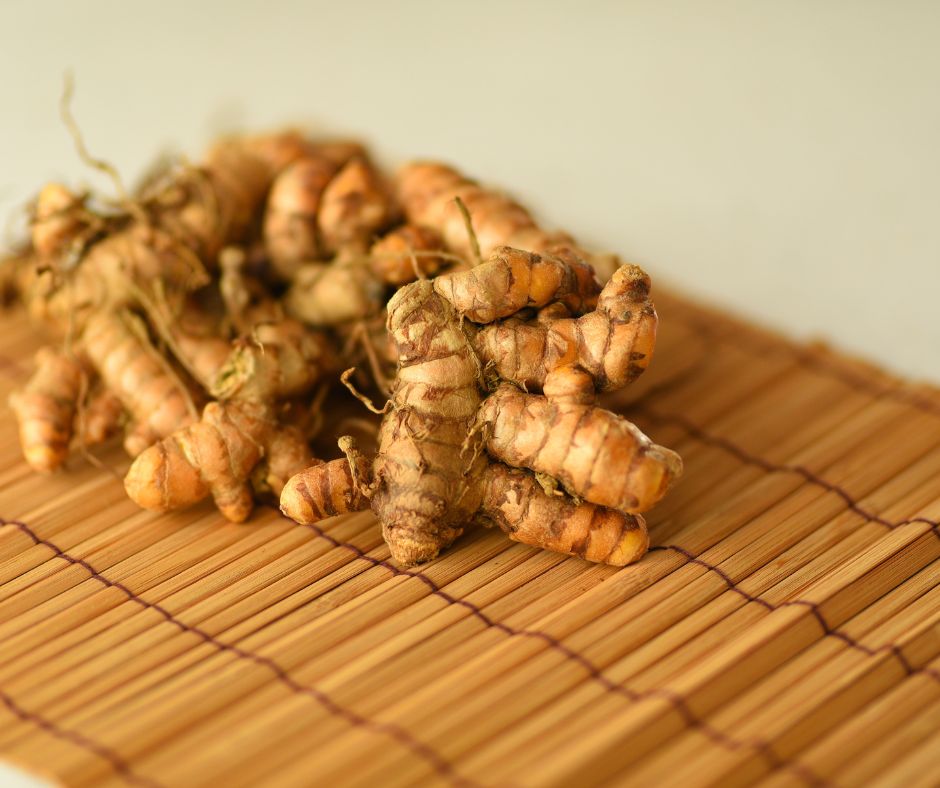
Both your taste senses and your health benefits of common spices from spicing up a simple but healthy meal. Although eating grilled chicken breasts every night is beneficial for your diet, it may also get a little monotonous. By reaching for your spice cabinet, you can increase both the flavour and the antioxidant content of your cuisine (substances that protect cells from damage)
More than 100 common spices are used in cuisine around the world, and several have been shown to be concentrated sources of antioxidants, which are chemicals that shield your cells from oxidative harm.
Some of the best spices can be discovered at your local market, so there’s no need to go on a protracted search for exotic products.
One thing to keep in mind is that the majority of studies that demonstrate benefits employ supplements to regulate participants’ intake of spices or the active ingredient in spices. They frequently offer larger portions than you would typically eat in a day.
Table of Contents
Does cinnamon lower blood sugar?
Studies confirm this. From pumpkin spice lattes to Cincinnati chili, this beloved spice is made from the bark of the cinnamon tree. Particularly beneficial for those with high blood sugar levels is cinnamon. Studies show it can reduce blood sugar levels in patients with type 2 diabetes and give food a pleasant flavor without the addition of sugar.
Cinnamon may lower high blood cholesterol and triglyceride levels, among other heart-healthy advantages. That’s crucial for diabetics because they have a higher chance of acquiring heart disease. Cinnamon can be a useful supplement to a healthy lifestyle, but it is not a substitute for diabetic medicine or a carbohydrate-controlled diet.
Can turmeric reduce inflammation?

Since it can lessen inflammation, a common source of pain and illness, turmeric has gained popularity as a trendy superfood. It is most commonly used in Indian curries.
The chemical compound curcumin is one of the components of turmeric. According to research, it might lessen brain inflammation, which has been connected to depression and Alzheimer’s disease. In a tiny trial, participants over the age of 50 who took curcumin pills for 18 months saw improvements in their memory test results. They claimed to be happier as well. Which is most impressive? Their brains had much fewer indicators for cognitive aging, according to scans.
Curcumin’s anti-inflammatory properties make it useful for easing arthritis sufferers’ pain and swelling. Moreover, research on animals suggests that curcumin may possess potent anti-cancer capabilities. According to a Johns Hopkins study, utilizing curcumin along with a chemotherapy treatment reduced tumor size more quickly than just chemotherapy by itself.
Can ginger get rid of nausea?
A tropical plant called ginger has been used for thousands of years in Asian cultures to cure nausea, diarrhea, and stomach discomfort. It is available in the US in a number of practical forms, including lollipops, sweets, capsules, and teas. The dried powder is also available in the grocery store’s spice section, or you may buy it fresh to grate into dishes or use in teas.
According to research, ginger is useful for lowering postoperative nausea and nausea caused by pregnancy. According to several studies, ginger lessens or completely eliminates the symptoms of motion sickness. When combined with anti-nausea drugs, it may even aid with nausea and vomiting brought on by chemotherapy. (Before consuming ginger when taking chemotherapy meds, see your doctor first since it may interact negatively with some prescriptions.)
Can cayenne relieve pain?
Mexican, Creole, and Cajun food, as well as Southwestern American cuisine, all use the chili pepper variety cayenne. Capsaicin is a compound found in cayenne peppers. They are hot because of them, and it also has analgesic properties.
Capsaicin lessens the number of pain messages your brain receives. The outcome? You don’t feel as uncomfortable. It relieves pain brought on by arthritis and nerve damage brought on by diabetes. Creams containing capsaicin can be applied directly to joints and muscles.
Eating cayenne pepper may also assist with ulcers, a condition that produces a lot of inside pain, according to laboratory and animal studies. Despite the common misconception that spicy meals cause stomach aches, capsaicin helps prevent ulcers by limiting the growth of the bacteria that causes them, Helicobacter pylori (also known as H. pylori), lowering excessive stomach acid, and improving blood flow.
Can spices really boost my health?
Yes! Spices go beyond just adding flavor. Many common spices offer a range of health benefits. For example, turmeric boasts anti-inflammatory properties, while ginger can aid digestion. Remember, incorporating a variety of spices is key to reaping the most advantages.
What are some everyday spices with health benefits?
Turmeric: This vibrant yellow spice contains curcumin, a powerful anti-inflammatory compound. It may help with joint pain, digestion, and even brain health.
Garlic: This pungent herb is a natural immune booster and may help lower blood pressure.
Cinnamon: This sweet spice can help regulate blood sugar and has antioxidant properties.
Ginger: Known for settling nausea, ginger also boasts anti-inflammatory properties and may aid digestion.
Black pepper: This common spice enhances nutrient absorption and has antioxidant properties.
Are there any spices that can help me manage weight?
Some spices may be helpful. Cayenne pepper, for example, can boost metabolism and curb cravings. Spices like cinnamon can also help regulate blood sugar, which can contribute to weight management.
How much spice should I use to get the health benefits?
The exact amount can vary. Focus on incorporating a variety of spices generously into your cooking. Experiment with different combinations to discover flavors you enjoy.
Where can I find high-quality spices?
Spices are readily available in grocery stores, ethnic markets, and online retailers. Look for whole spices whenever possible, as they retain their potency longer than pre-ground options. Consider buying small quantities to ensure freshness, especially for less frequently used spices.
Is it better to buy pre-ground spices or whole spices?
Whole spices offer superior flavor and aroma as they retain their volatile oils longer. Grind them fresh using a mortar and pestle or a spice grinder just before use for maximum flavor impact. However, pre-ground spices are convenient and perfectly acceptable for everyday cooking.
Do organic spices offer more health benefits?
Organic spices are generally free of pesticides and chemicals. While this doesn’t necessarily translate to increased health benefits, it can be a good indicator of overall quality.
How can I tell if my spices are still fresh?
Fresh spices have a vibrant color and a strong aroma. Pre-ground spices lose potency faster than whole spices. If your spices seem dull in color or have a weak scent, it’s time to replace them.
Are there any risks associated with using spices?
Spices are generally safe for most people. However, some individuals may experience allergic reactions to certain spices. Start with small amounts and gradually increase to avoid any discomfort.
What are some creative ways to use spices beyond savory dishes?
Spices can add depth and complexity to sweet treats! A pinch of cinnamon or nutmeg can elevate baked goods. Ginger and cardamom pair beautifully with fruit dishes. Experiment and discover new flavor combinations!



